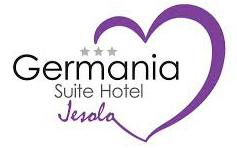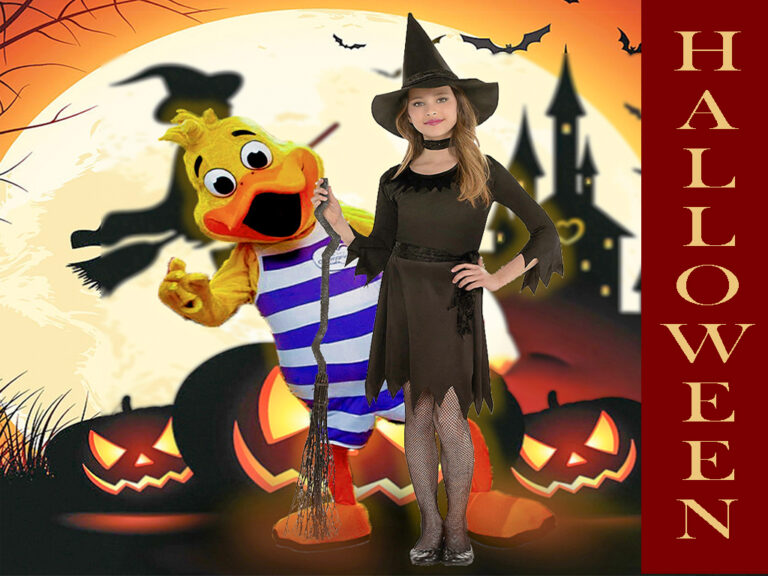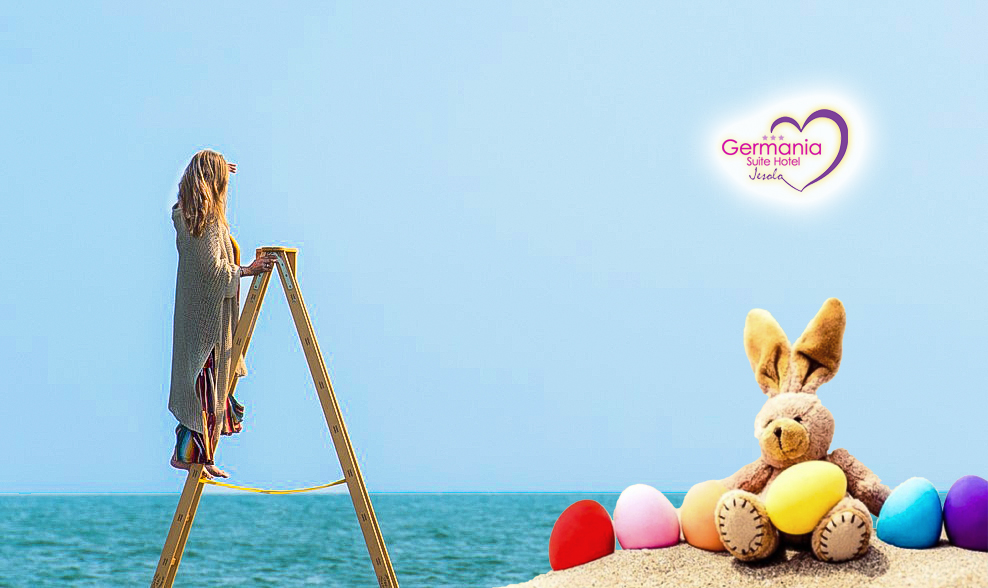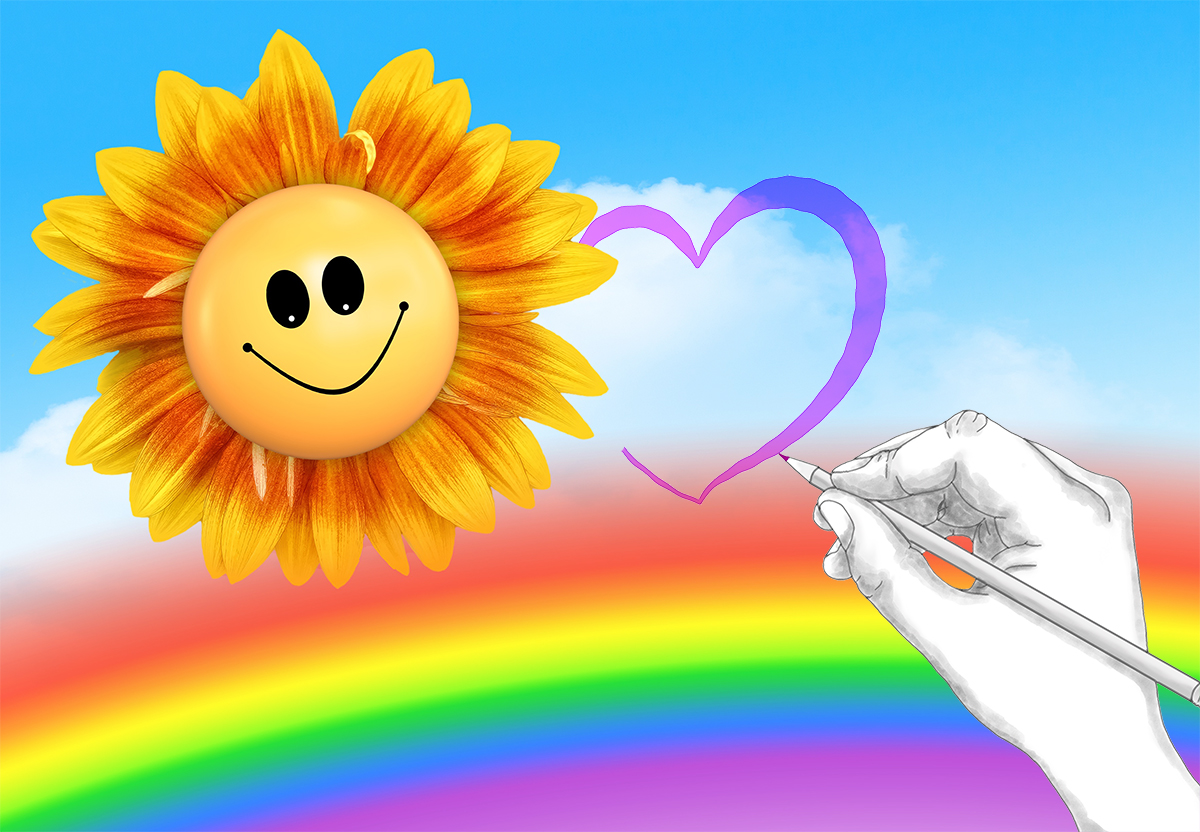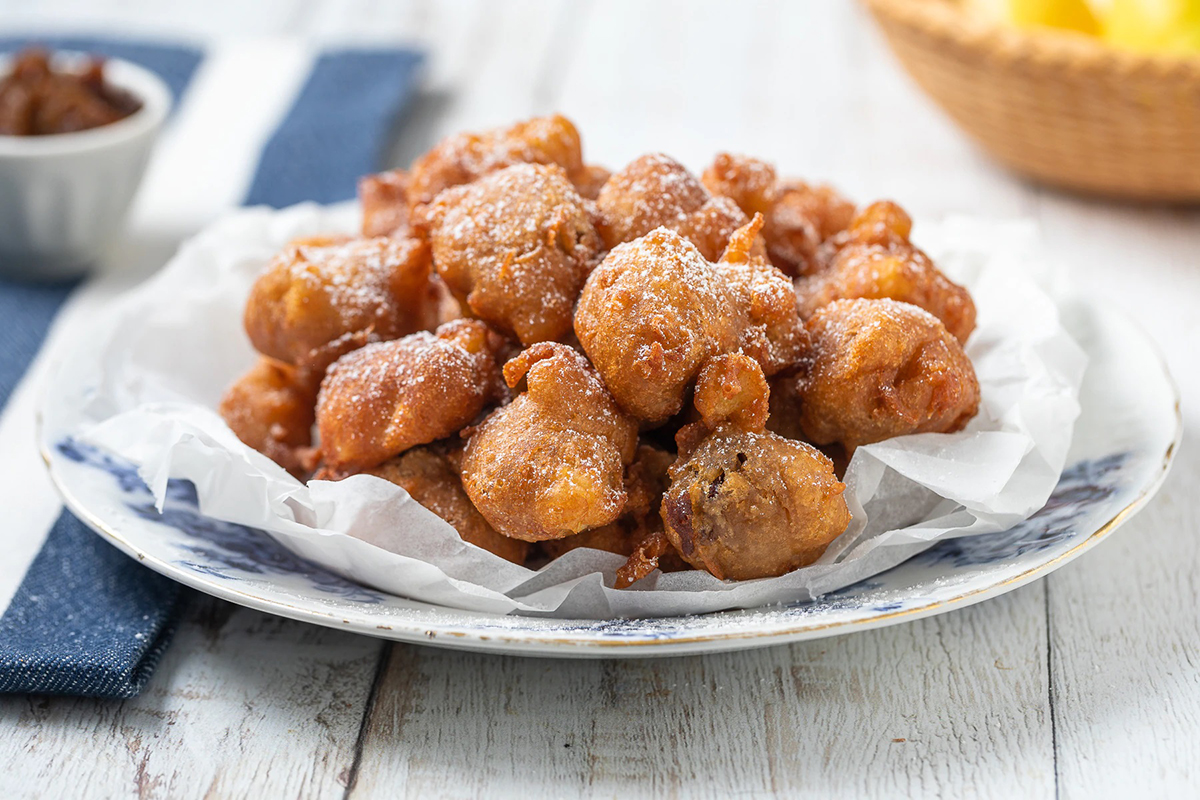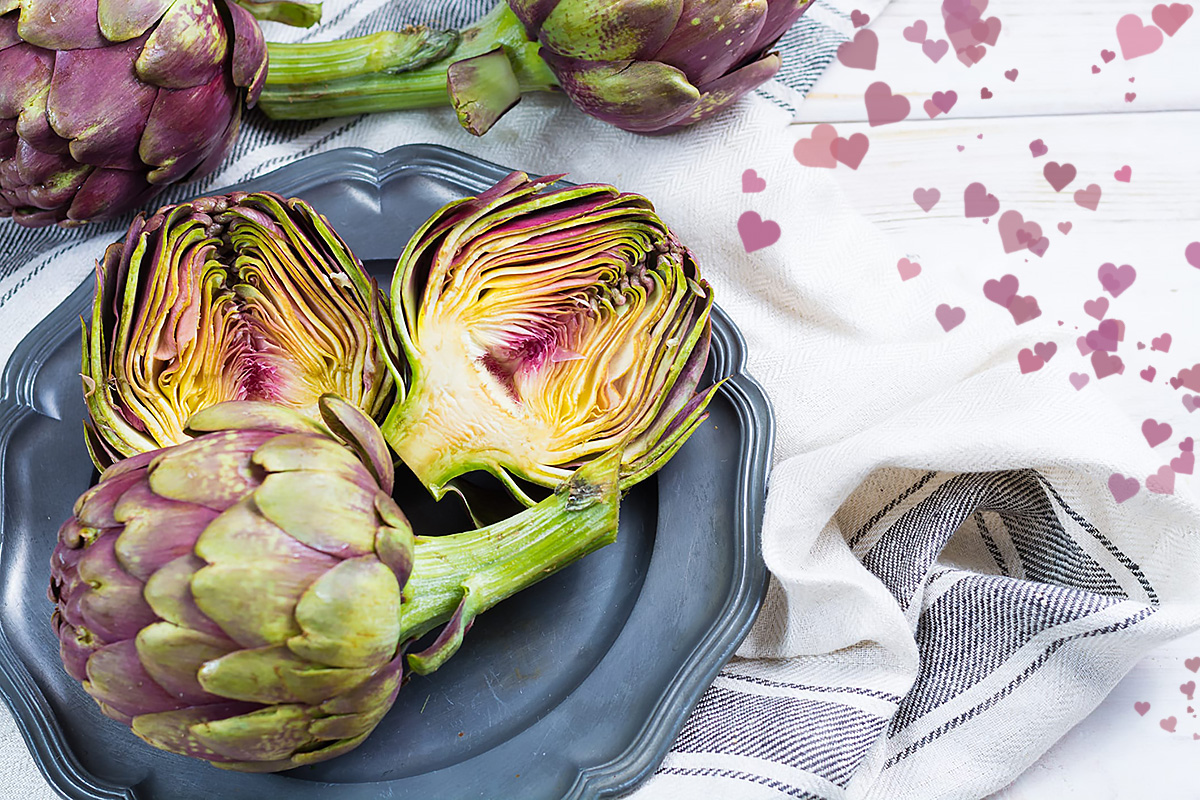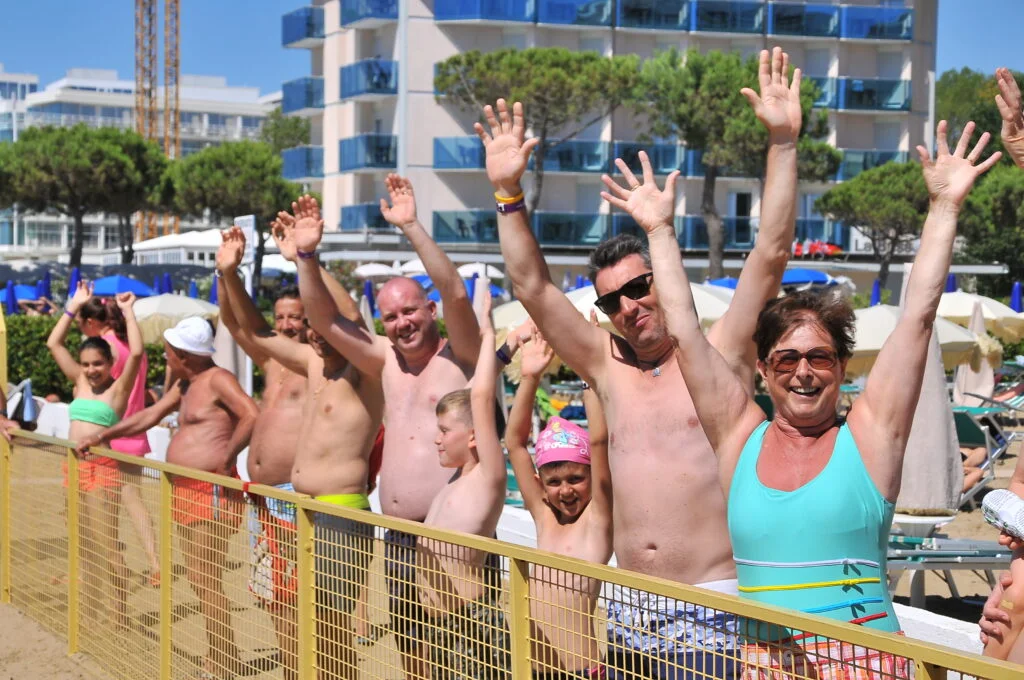The frightening nightmare ...begins!
Halloween in Jesolo
In these particularly unique times, there’s nothing more beautiful than giving our children (and ourselves…) moments of joy, happiness, and carefreeness.
🎃👻💀🎃
The beloved Halloween celebration, adored by children and, even if they pretend otherwise, by parents too!
Halloween is the holiday where children, dressed as witches, zombies, ghosts, and vampires, knock on doors shouting menacingly: ‘Trick or Treat?’
To ward off bad luck, it’s also necessary to knock on 13 different doors…
‘Trick or Treat’ is a rhyme that has quickly spread worldwide, from west to east.
And here in Jesolo, every year we celebrate Halloween with joy, sweets, costumes, masks, music, and parties!
*****
To stay in Jesolo (Venice) during Halloween, choose and book a splendid apartment all for yourself at Hotel Germania!
www.hotelgermania.net
Tel.: +39 0421 381223
E-Mail: info@hotelgermania.net
****
The Origins of Halloween
But how did this tradition, now so widespread across the entire planet, begin?
Well, the name Halloween (in Irish, Hallow E’en) comes from the contracted form of All Hallows’ Eve, where ‘Hallow’ is the archaic English word for ‘Holy’: the eve (‘eve’) of All Saints, therefore.
The very origins of Halloween can be traced back to ancient rituals associated with seasonal changes, harvest festivals, and rustic cults that attempted to exorcise the ancestral fears accompanying ancient agricultural-based civilizations: fear of losing children, fear of losing the harvest, terror of natural calamities.
These ancient traditions, in which humans tried to familiarize themselves with things like death, the afterlife, and the unknown, are undoubtedly at the root of the history of Halloween.
At the end of the summer season, the shepherds would bring their flocks down to the valley, preparing for the arrival of winter and the beginning of the new year.
For the Celts, indeed, the new year did not start on January 1st as it does for us today, but on November 1st, when the warm season officially ended and the season of darkness and cold began – a time when people would shut themselves indoors for many months, protecting themselves from the cold, crafting tools, and spending evenings telling stories and legends.
The transition from summer to winter and from the old to the new year was celebrated with long festivities: it was… Samhain!
The Celts believed that on the eve of each new year, that is, on October 31st, Samhain called forth all the spirits of the dead, who lived in a realm of eternal youth and happiness called Tir nan Oge. They believed that the forces of the spirits could merge with the world of the living, temporarily dissolving the laws of time and space, causing the afterlife to merge with the world of the living, allowing wandering spirits to roam undisturbed upon the Earth.
The Italian version of Halloween is, therefore, an event inspired by Irish legends, yet it has its own story closely tied to local legends and traditions.
Halloween is a phenomenon we import from the United States.
It returns as if it were something new, but we know it has European origins; in the past, there were also beggings and carved turnips in Italy, skeletons and witches aren’t such exotic costumes: in Umbria, for example, until the second post-war period, children put flour on their faces to represent the dead.
The pumpkin is a signal for the dead. Small masked figures symbolizing the deceased.
Halloween was born precisely to monitor the return of ancestors.
The luminous pumpkin is a signal.
It’s as if we were saying to the dead: we wake up early (because there was a 4 a.m. mass on November 1st…), and we prepare made beds for you to lie on and things for you to eat…
